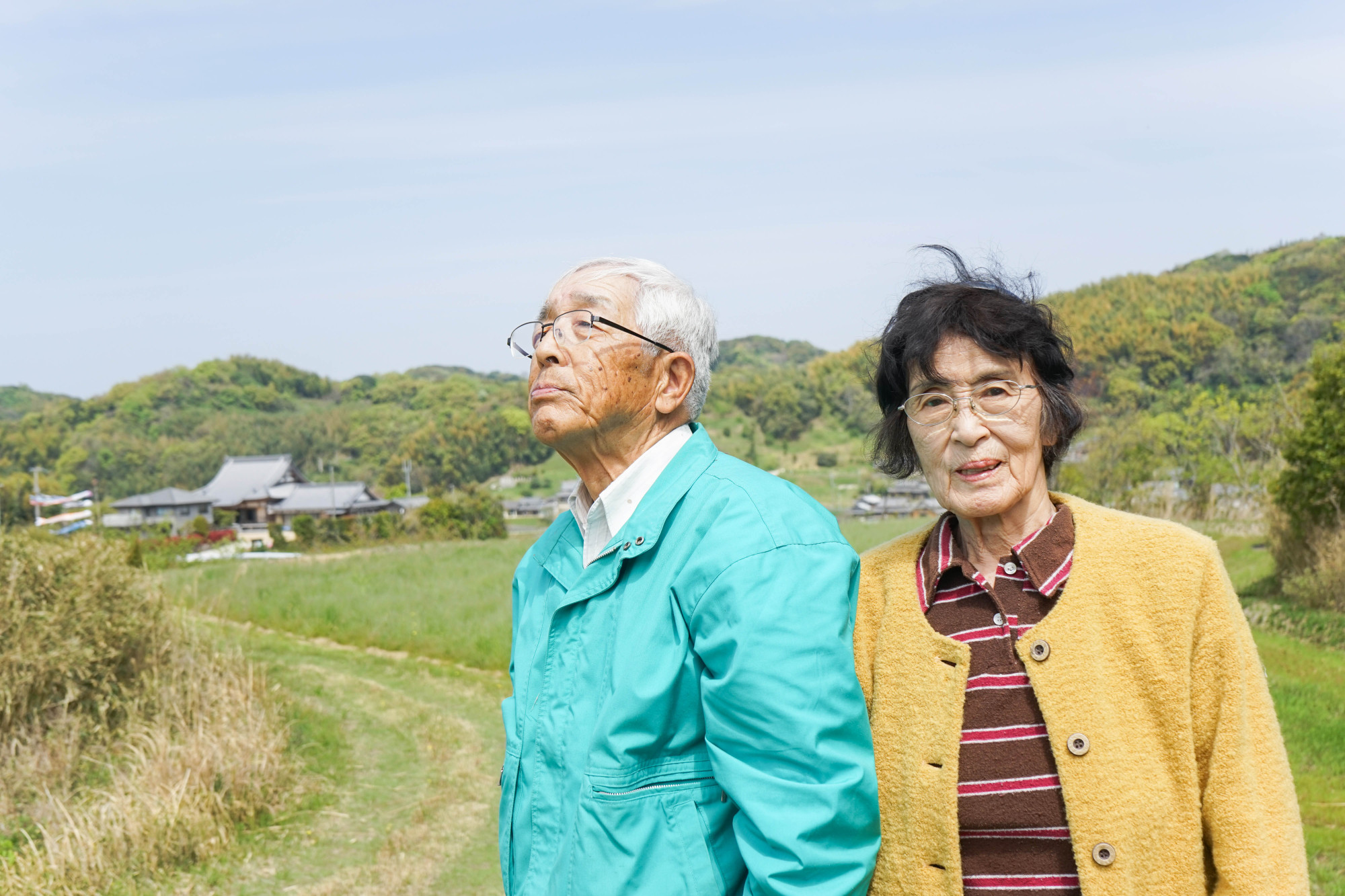On a recent bus trip in Indonesia, I struck up a conversation with the man sitting next to me who told me he was Malaysian but living in Australia, which prompted me to admit that I was American but living in Japan. This seemed to pique his interest as he next said, "I am very interested to see how Japan deals with its aging problem." He went on to tell me that nations such as Malaysia were watching to see how Japan copes with aging and that it would predict how other Asian nations deal with the same issues.
If the future has a color, for many Asian countries, it's definitely gray. Or at the very least silver streaked. Japan is often recognized as the fastest graying country in the (developed) world, with people 65 and over accounting for 26.7 percent of the population.
The truth is, however, that other Asian nations are close behind. Even countries with high immigration rates are facing aging populations. In 2015, Singapore's population was made up of 13.7 percent senior citizens, but these 65 and overs are predicted to increase to 17.7 percent by 2020 and almost 27 percent by 2030. Singapore Prime Minister Lee Hsien Loong is not waiting until it's too late to address the future demographic and is already promoting more flexible work schedules and quality child care to encourage young people to produce more children.


















With your current subscription plan you can comment on stories. However, before writing your first comment, please create a display name in the Profile section of your subscriber account page.